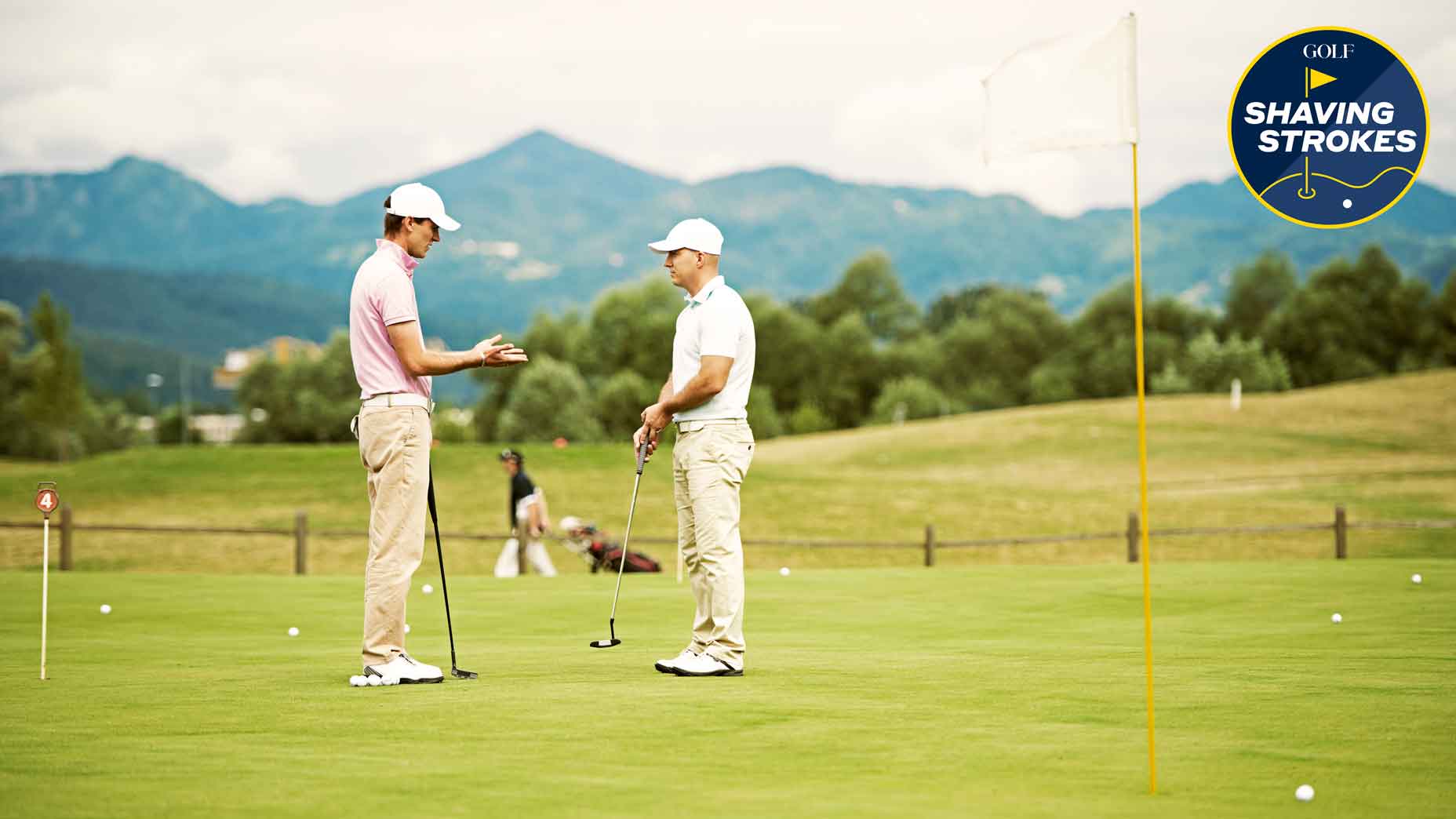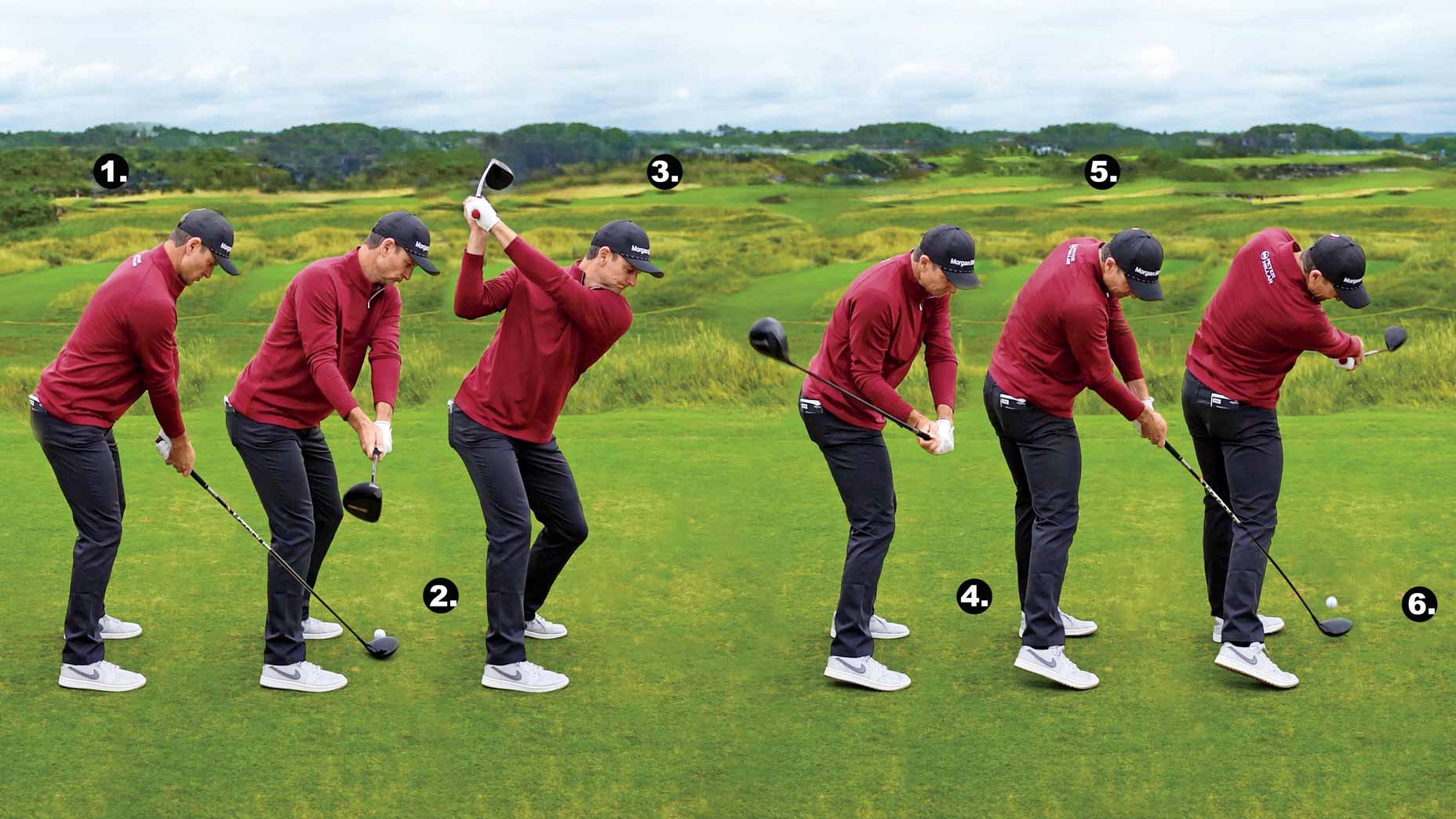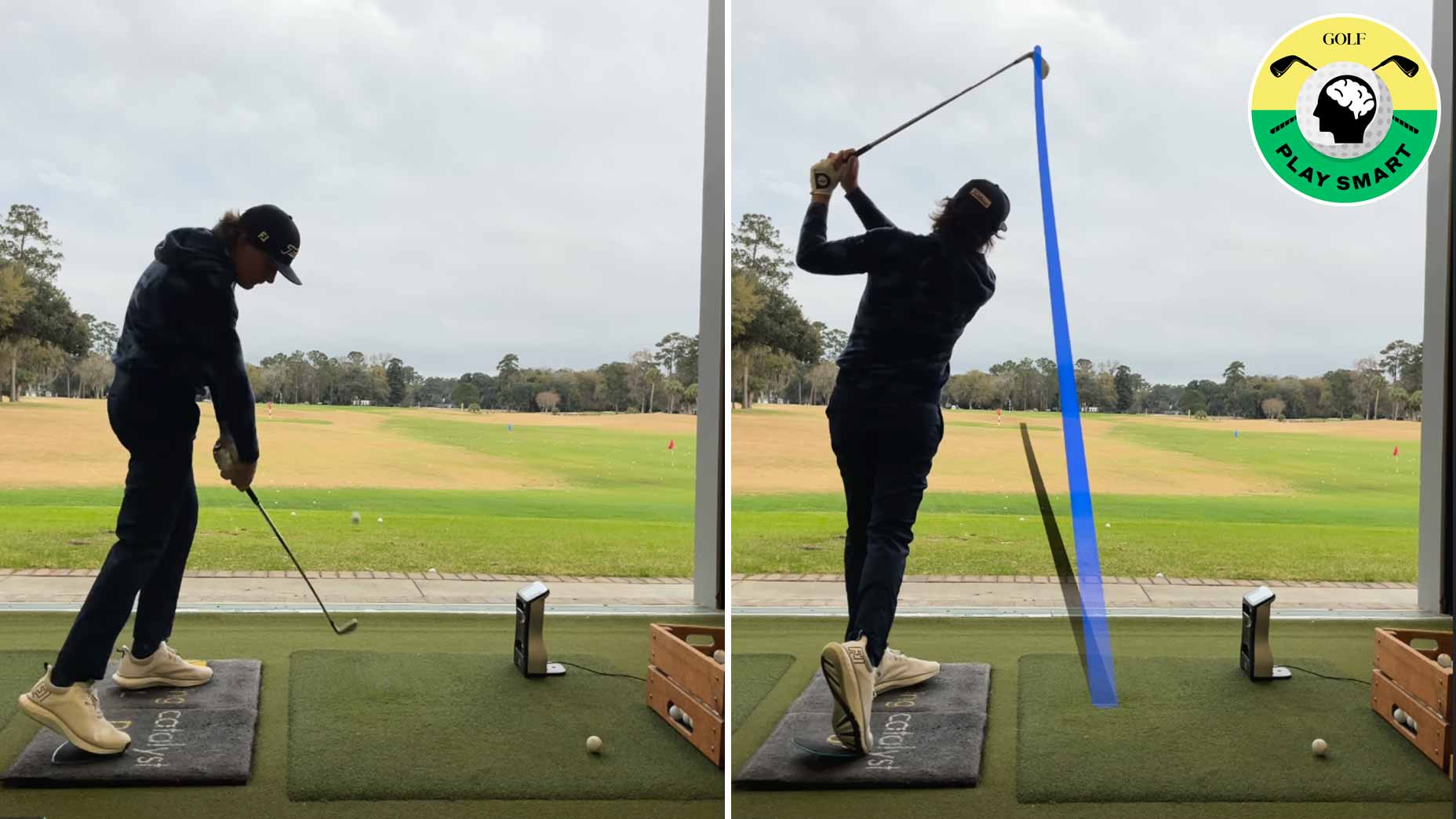Welcome to Shaving Strokes, a GOLF.com series in which we’re sharing improvements, learnings and takeaways from amateur golfers just like you — including some of the speed bumps and challenges they faced along the way.
Going to the driving range can feel like the most efficient way to really work on your game and hone your skills. Whether that’s bombing 75 balls off the tee till you hit 10 in a row straight down the middle, working on some swing adjustments, or just visualizing different scenarios you encounter during a round, a range session is always good for the soul.
Unfortunately, there’s a good chance you’re not really optimizing your range time the right way.
Amateurs go from the range to the course all wrong. Try this insteadBy: Jason Birnbaum, Top 100 Teacher , Nick Dimengo
In fact, if you walk up and down the driving range, you’d probably see lots of players doing more things wrong than right. From mindlessly hitting balls to ignoring any available shot data, most amateur golfers aren’t getting the feedback they need — which isn’t making them much better.
To help maximize your next range session, GOLF Top 100 Teacher Jason Birnbaum shares three ways to efficiently improve. Even if the tips seem simple, they’ll go a long way in helping you leave the range much more confidently than when you first arrived. Check out his suggestions below.
Build a better driving-range routine by doing these 3 things
“Golf is a unique sport in many ways, and one area that really sets it apart from other sports is that the game isn’t actually practiced on the same field as it’s played on,” Birnbaum says. “As we all know, the driving range is nothing like the golf course, but it’s still an important place to get better.”
3 secrets for practicing off of driving range mats, per a Top 100 TeacherBy: Nick Dimengo , Jim Murphy
This is where having the right plan on the driving range comes into play, with Birnmbaum saying he stresses mimicking on-course play as much as possible — despite the differences between course and range.
“If you can become great on the practice tee, a little less than that will still be very good on the course,” Birnbaum adds.
So here are a few areas to help you practice just like you play.
Block practice vs. random practice
Separate your time on the driving range into two different kinds of practice: Block practice and random practice. While both are important — and too much of just one can be detrimental — they’ll go a long way in helping you prep for a variety of scenarios.
Block practice is simply repeating the same skill under the same conditions over and over before moving on to something else. So if you’re only working on hitting your driver before moving to irons, this would be block practice.
On the contrary, random practice means practicing multiple skills in a random order and adding different variables. A good example of this is dialing in your pitching wedge distances to different yardages.
I always suggest mixing in both block and random practice on the driving range, spending 15-20 minutes hitting shots without a target using either a 7- or 8-iron. Simply focus on the technical points and any drills that help you hit crisper shots.
From there, moving on to random practice is where things get more realistic and should mimic the course. Pick different targets, go through your pre-shot routine, and treat each shot like you’re on the golf course.
Wedges, wedges, wedges
I know everyone loves to instantly whip out the driver and swing as hard as they can, but that’s no way to improve your entire game. That’s why I preach hitting lots of wedge shots to my students when they’re on the driving range — since it’s a great way to build confidence and ensure a solid range session.
Wedge swings are at slower speeds with more forgiveness, and they allow golfers to really concentrate on great habits that can then be carried into longer clubs. This is something that I see Tour pros doing on a regular basis, and it’s something more amateurs should be doing with their practice time.
Hitting full and three-quarter wedge shots are a very efficient way to find your rhythm and tempo, which will help build your timing with nearly every club in your bag.
Always have a plan at the driving range
Showing up to the range with a plan can go a long way in building confidence and instilling good habits. I even recommend having a set schedule for range sessions, just so you hold yourself accountable and don’t halt any progress.
If you have an hour to spare, I suggest breaking down your time as follows:
Warming up and getting loose: 10 minutes
Block and random practice (using a 7 or 8-iron): 20 minutes
Hit drivers and woods: 10 minutes
Hit distance wedges: 10 minutes
Putting practice: 10 minutes
Having a plan on the driving range gives you much more of a sense of accomplishment, and that’s something you can’t get enough of in this game!

Voice Caddie VC4 Golf GPS
View Product













